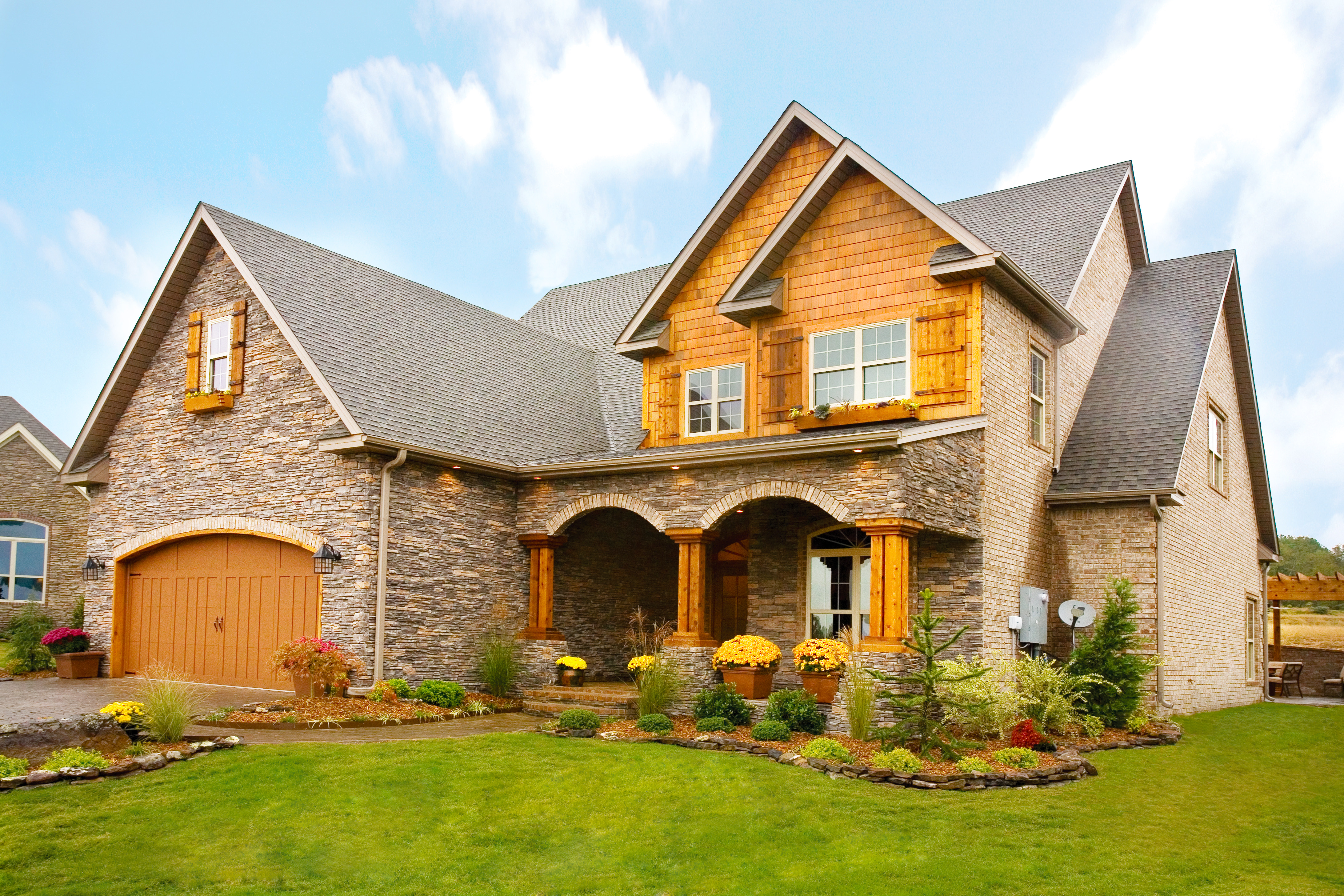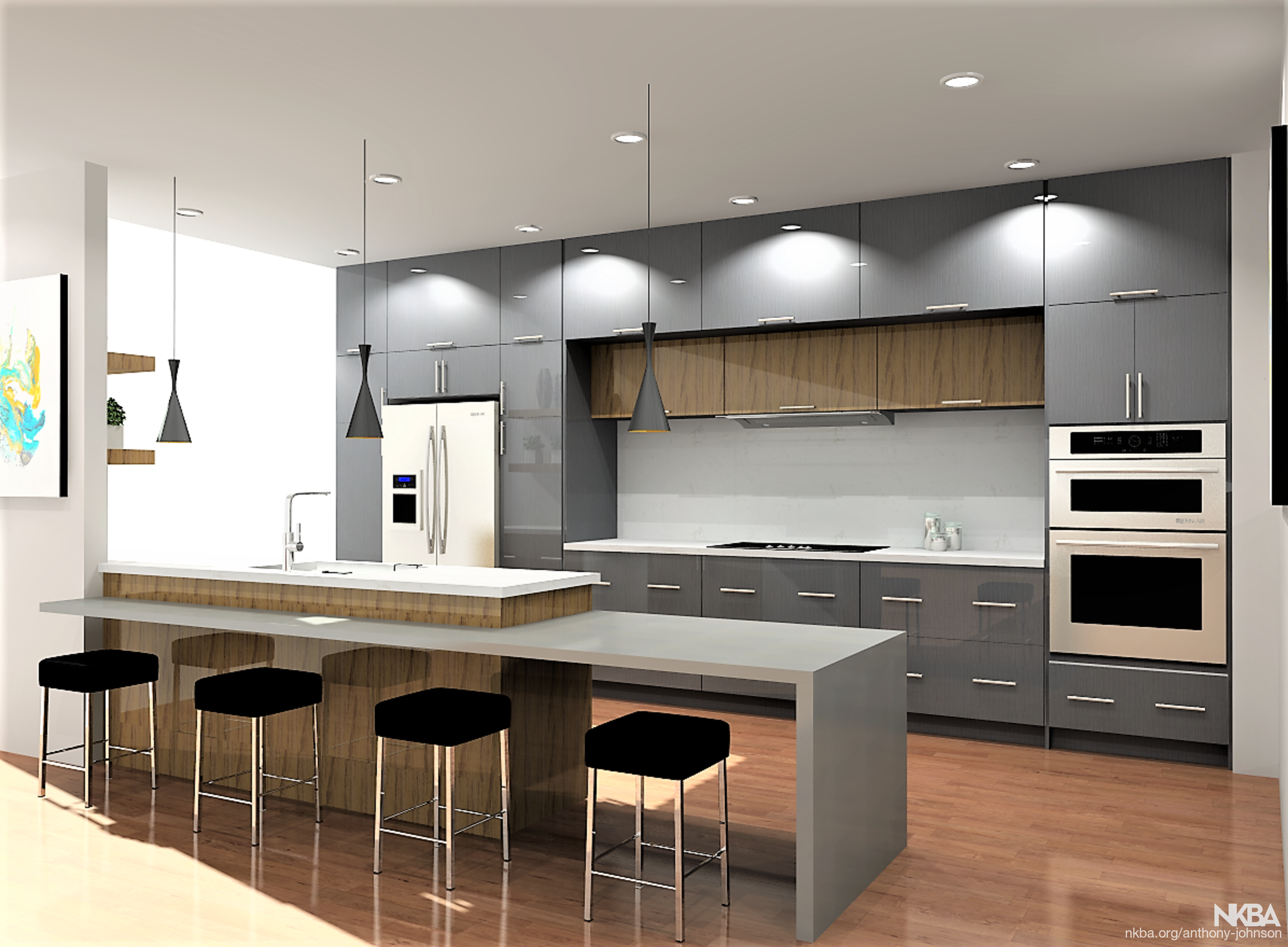Table Of Content

The graphic design style is synonymous with informal shapes, rich and high contrasting colour use, hand drawn and coloured illustrations, space-age forms and dramatic curves. We might observe a cross-pollination between American Kitsch design and the tone of voice in the advertising and signage of the day. Both employed the characteristic idealism of the American dream, peppered with caricatures. Film posters offer some of the best examples of American Kitsch style film, especially those of the science fiction or fantasy genres. Each design style listed here can be recognisable based on certain elements or design choices.
What influences interior design trends?
This style is often used in cottage-style homes, as it gives the space a cozy and rustic feel. To create a shabby chic look in your home, start by choosing furniture and accessories that have a distressed or antique look. You can also use floral fabrics and wallpaper to add to the shabby chic aesthetic. To complete the look, consider adding some greenery, such as potted plants or fresh flowers.
Minimalism
This design movement began in the 1960s, specifically with American visual art and, since then, has worked its way into infinite design projects and business campaigns. Influenced by geometry, this graphic design style plays with the relationship between fixed points, straight lines, and sharp angles. Geometric design is minimalistic and highly symmetrical, focused on finding the balance between different shapes and edges. The retro design style is more flexible with its qualifications than some of the others on this list.
Coastal Interior Design: Everything You Need to Know About This Nautical and Serene Style - Architectural Digest
Coastal Interior Design: Everything You Need to Know About This Nautical and Serene Style.
Posted: Thu, 23 Mar 2023 07:00:00 GMT [source]
interior styles that everyone needs to know about, according to designers
Common elements of this design style include wood and brick surfaces, pastels and other muted colors, lush greenery, and natural accents. Now used (and loved) in urban, suburban, and rural homes alike, farmhouse design has an enduring charm and welcoming feel that’s difficult to resist. In practice, it’s often warmer, more modern, and more colorful than rustic design, though farmhouse design can certainly lean more rustic with the right elements. It inspires nostalgia and is characterized most typically by open shelving, exposed beams, mixed finishes, natural woods, and, of course, shiplap accents. Industrial details, subway tile, neutral color schemes, and open floor plans are also popular elements of farmhouse design.
Contemporary/Modern Graphic Design
On the other hand, things become more simplified and clean without losing their character. Have you ever found yourself asking the question what are the different types of interior design styles? Maybe you want to switch up your style but can’t decide which direction to go in. There’s a style for every preference and we’re here to help you find the look that’s right for you.
What’s My Interior Design Style?
Now, start looking at home decor sites, like Apartment Therapy or The Spruce, or use home decor hashtags on Instagram or Pinterest (use the names of the styles I listed above, to start. For example, #japandi). Ever since Nancy Lancaster took the reins at Colefax & Fowler, Americans have been obsessed with the English country house look. For a home on the water in Jamaica, Ishka Designs substituted more graphic contrast for organic elements like wood grain to complement the location without outshining the view.
Minimalist
One of the best things about graphic design is that it never stands still for a moment. Reflecting historically, this style lends some kinship with Swiss style design, especially the strong grid use, though here its outcomes are symmetrical. The style was at once progressive and expansive, yet never crossed the line into outrageous. Art Deco style lent itself perfectly to the purpose of promoting luxury brands, fashion labels and far flung travel destinations. This isn’t an exhaustive list, but it’s enough to get you familiarized with the world of design.
Japandi Interior Design Style
In particular the use of grids and asymmetrical layouts, alongside sans-serif typography were amongst the most prominent stylistic developments. The combination of typography and a general preference for photographic images are also noted as key characteristics, though colourful, geometric block illustrations were also common. Originating in Switzerland in the 1940s, Swiss style design has concurrently been referred to as the International Typographic Style or the International Style. Hugely influential, this style of design was the foundation upon which the majority of design movements grew throughout the 20th century. Favouring objectivity, simplicity and legibility, this design style was initiated and led by the designers of the Zurich School of Arts and Krafts and the Basel School of Design. You can see that each work makes use of bright colors, with elements of animation and fantasy that are appealing to both adults and children.
Drafty Windows? Try These 12 Solutions for Every Budget
Whether you choose to go with one style or use elements of different ones to create your own, you have a lot of choices. Applying these principles can create a visually pleasing and well-designed interior space. Camille is the former deputy editor of Real Homes where she covered a broad range of topics, including house tours, small space design, and gardens. Camille is always creating and spends her downtime painting, taking photos, traveling, and writing short stories.
While characters, logos and online content are all designed with a 3-dimensional view in mind, so too are the simple appearance of skeuomorphic elements such as buttons, icons and other interactive features. These seemingly simple design elements are often highly considered and are in turn given a more weighted and lifelike appearance with a few simple 3-dimensional additions. Iconic elements of the punk design style are the DIY hand written or cut and paste typographic elements.

This is furniture that has been painted and then purposefully sanded down to give a more lived-in look. In general, Farmhouse-style interiors prioritize practicality and comfort over striking design choices, while soft, light furnishings and neutral-colored rugs are also popular additions to a Farmhouse-style room. Due to the value placed on the individual tastes of the homeowner, each Maximalist style interior will be unique to the person designing it. A good rule of thumb is to aim for bright prints, and lots of contrast, and to place your unique finds and treasured positions at the center of each room. Interiors designed in a Neo Industrial style offer a fresh take on increasingly popular factory-inspired interiors. The look champions the aesthetic pleasure of raw and unprocessed materials while celebrating the marriage of form and function to create beautiful yet liveable interiors.
Different interior design styles help us describe spaces that have a certain cohesive look or approach. Design styles can evolve during a specific time period or from an affinity for the same textures, colors, and finishes. For example, you might know the pared-down, angular midcentury modern design style as a product of the postwar period or recognize bold colors and patterns as features of a maximalist design style.

In general, the Japanese influence allows for a broader use of tones such as black, dark green, terra-cotta, and eggplant. Another adaptation is the introduction of feng shui principles, which have Chinese origins but are often incorporated into Japanese home decor. These days many designers are mastering the balancing act between North and East, among them, for example, Munich-based Stephanie Thatenhorst and the Danish designer David Thulstrup. Even though the aesthetic we now celebrate as “mid-century modern” was popular in the 1940s, the term “mid-century modern” wasn’t coined until the 1980s. It’s a classic style, using both clean lines and comfortable materials, like woods and leather, alongside expressive patterns and tactile textures.
For this reason, sliding doors and picture windows are left bare to emphasize the connection to nature. Rich and luxurious woods such as teak, rosewood, and walnut are regularly used. In addition, accents of mustard yellow, chartreuse, or avocado are used for a pop of color. The mid-century revival we’re seeing in today’s design industry makes this popular interior design style more achievable than ever. When you look at interior design styles throughout history contemporary interior design is the one style that is always evolving.
Common elements include natural textures, organic shapes and neutral color palettes. Fluid hand-drawn lines are also a popular technique in this design style. Homes which seek to champion the Eclectic interior design style typically incorporate elements from a range of different design approaches into one setting. The Contemporary interior design style refers to what is in fashion right now–a unique blend of subtlety and sophistication.
At the same time, decor often includes paired accessories and symmetrically placed artwork. Eclectic style is all about mashing up meticulously selected pieces and trinkets from different styles and bringing them together in a unique way to make up a different interior design style. But, when done right it can showcase the finest aspects of culture and tradition from every corner of the globe. Photorealism is a very commonly used style in architecture and interior design, or other disciplines where it’s important to show how something looks in the real world. Creating photorealistic illustrations used to be a pretty difficult task. There are even some advanced AI generator tools that can create decent realistic illustrations.

No comments:
Post a Comment